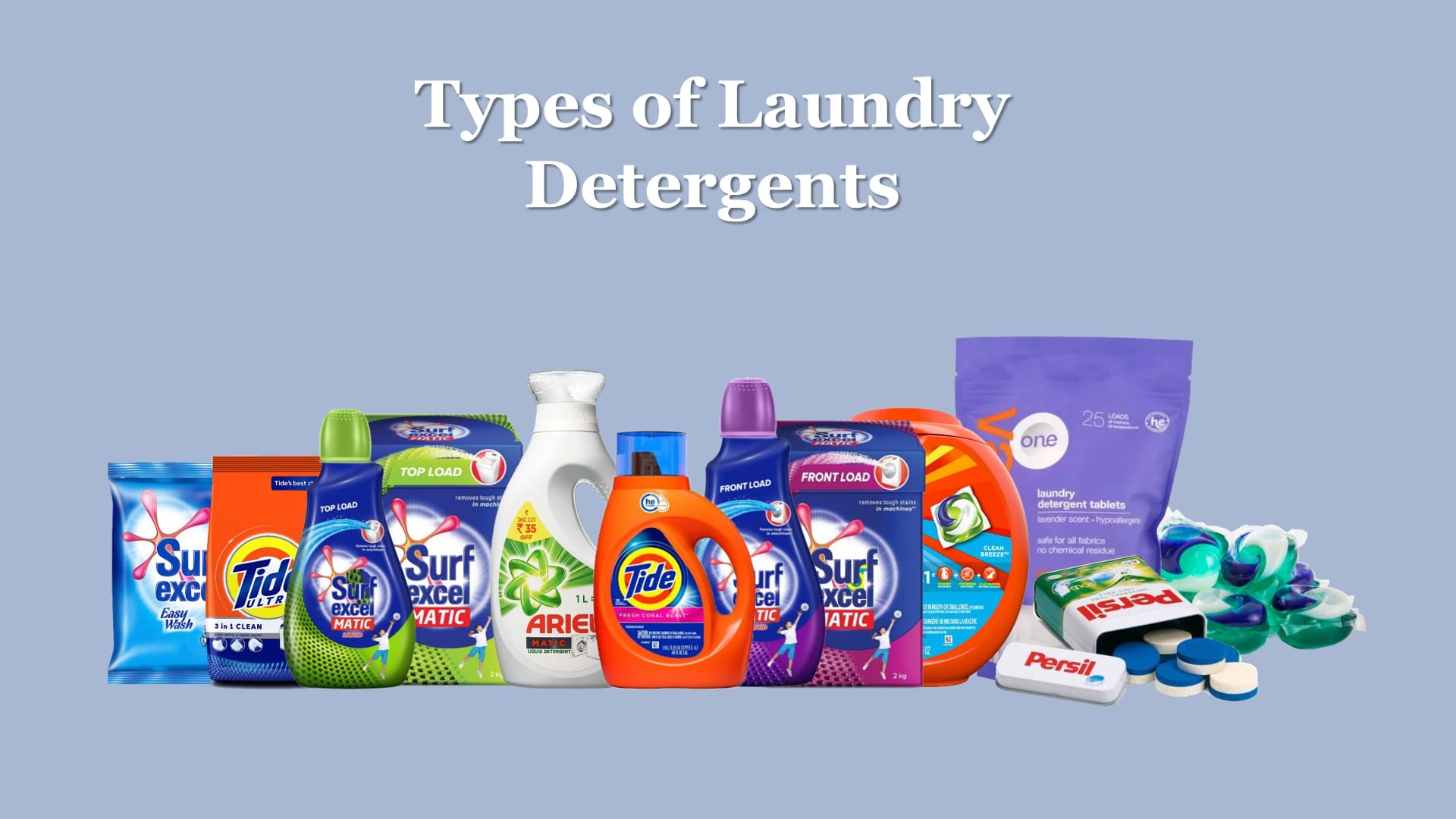SOAPS & DETERGENTS:
 Soaps and detergents testing is a process used to evaluate the quality and performance of these
cleaning products. This can include tests such as determining the pH level, measuring the foaming
properties, and evaluating the cleaning effectiveness. The tests may be conducted in a lab setting
and can be done on both liquid and bar soaps, as well as laundry detergents. The results of these
tests can be used by manufacturers to improve their products and by consumers to make informed
purchasing decisions.
Soaps and detergents testing is a process used to evaluate the quality and performance of these
cleaning products. This can include tests such as determining the pH level, measuring the foaming
properties, and evaluating the cleaning effectiveness. The tests may be conducted in a lab setting
and can be done on both liquid and bar soaps, as well as laundry detergents. The results of these
tests can be used by manufacturers to improve their products and by consumers to make informed
purchasing decisions.
 Soaps and Detergent testing includes Soaps, Synthetic Detergents and Wetting and emulsifying
agents. The testing parameters Total Fatty Matter, Acid Value, Free Alkali, Matter Insoluble in Water,
Matter insoluble in Alcohol, Chlorides, Saponification Value, Unsaponifiable matter, Glycerine
Content, Titer, Moisture, Iodine Value, Colour, Fatty acids and Ester etc.,
Soaps and Detergent testing includes Soaps, Synthetic Detergents and Wetting and emulsifying
agents. The testing parameters Total Fatty Matter, Acid Value, Free Alkali, Matter Insoluble in Water,
Matter insoluble in Alcohol, Chlorides, Saponification Value, Unsaponifiable matter, Glycerine
Content, Titer, Moisture, Iodine Value, Colour, Fatty acids and Ester etc.,
There are several types of testing services that can be performed on soaps and detergents. These include:
- Physical testing: This includes tests such as pH, viscosity, and foaming properties.
- Chemical testing: This includes tests such as total alkalinity, total fatty matter, and active ingredient content.
- Microbiological testing: This includes tests such as total viable count and presence of harmful microorganisms.
- Performance testing: This includes tests such as cleaning power, stain removal, and fabric softening.
- Safety and toxicity testing: This includes tests such as skin irritation and eye irritation.
- Environmental testing: This includes tests such as biodegradability and ecotoxicity.
These tests are usually performed by independent testing laboratories. It is important to choose a reputable laboratory with accreditation from organizations such as A2LA (American Association for Laboratory Accreditation) or ISO/IEC 17025 (International Standard for Laboratory Competence).
A Soaps and Detergent Testing Laboratory typically conducts a variety of tests on soap and detergent products to ensure they meet industry standards for quality and safety. These tests may include measuring the pH levels, determining the product's foaming properties, and analyzing the product's composition. Additionally, the lab may conduct performance tests, such as testing the product's ability to remove stains or measure the product's effectiveness in different water temperatures. The lab may also test for compliance with regulatory requirements and check for the presence of any prohibited or potentially harmful ingredients.
- Laundry Soaps (IS 285 -1992 REAFF 2011)
- Disinfectant Fluids (IS 1061 -1997 )
- Glycerine (IS 1796 -1986 REAFF 2011)
- House Hold Laundry Detergent Powder (IS 4955 -2001 )
- Synthetic Detergent For Industrial Purpose (IS 4956-2002)
- Shaving Soaps (IS 5784 -2001)
- Toilet Cleaner LIiquid (IS 7983 -1994 )
- House Hold Laundry Detergent Bars (IS 8180 -1992 REAFF 2011)
- Alkyl Benzene Sulphonic Acid (IS 8401 -1994 REAFF 2000)
- Sodium AlkylBenzene Sulphonate (IS 9985 -1992 REAFF 1997)
- Soap Noodles (Sodium Stearate) (IS 10513 -1983 REAFF 2000)
- Baby Toilet Soap (IS 10523 -1983 REAFF 1991)
- Deodorising Cum Disinfectant Fluids (IS 10758 -1983 REAFF 2002)
- Soap Jelly For Laundry Purpose (IS 10813 -1984 REAFF 1997)
- Transparent Toilet Soap (IS 11303 -1985 REAFF 1991)
- Antibacterial Toilet Soap (IS 11479 P I -2001)
- Liquid Soaps For Cleaning Painted Surface (IS 12767 -1989 REAFF 2000)
- Linear Alkyl Benzene (IS 12795 -1989 REAFF 2011)
- Linear Fatty Alcohols For Surface Active Agent (IS 13370 -1992 REAFF 2008)
- Bathing Bar (IS 13498 -1997)
- Toilet Cleaner Powder (IS 13780 -1993 REAFF 2008)


Testing
Read More
Inspection
Read More
Certification
Read MoreTesting Services
- Drugs & Pharmaceutical Testing
- Cosmetics & Essential Oils Testing
- Medical Devices Testing
- Ayush - Ayurvedic Drug Testing
- Food Products Testing
- Agri Commodities Testing
- Fertilizers and Soil Testing
- Animal Food & Feed Testing
- Water - Drinking Water & Effluent Water Testing
- Industrial Oils and Lubricants & Petroleum Products Testing
- Coal & Coke and Solid Fuels Testing
- Ores & Minerals Testing
- Metals & Alloys Testing
- Plastics, Polymer, Rubber & Rubber Products Testing
- Resins & Adhesives Testing
- Paints, Varnish, Pigments & Surface Coating Testing
- Glass & Ink, Paper & Pulp Testing
- Industrial & Fine Chemicals Testing
- Dyes, Acids and Solvents Testing
- Soaps, Detergents & Toiletries Testing
- Packaging & Packaging Products Testing
- Gold & Silver Assaying & Hallmarking
- Cement, Concrete & Building Materials Testing
- Pollution and Environmental Studies
- Microbiological Assays. Etc.,









